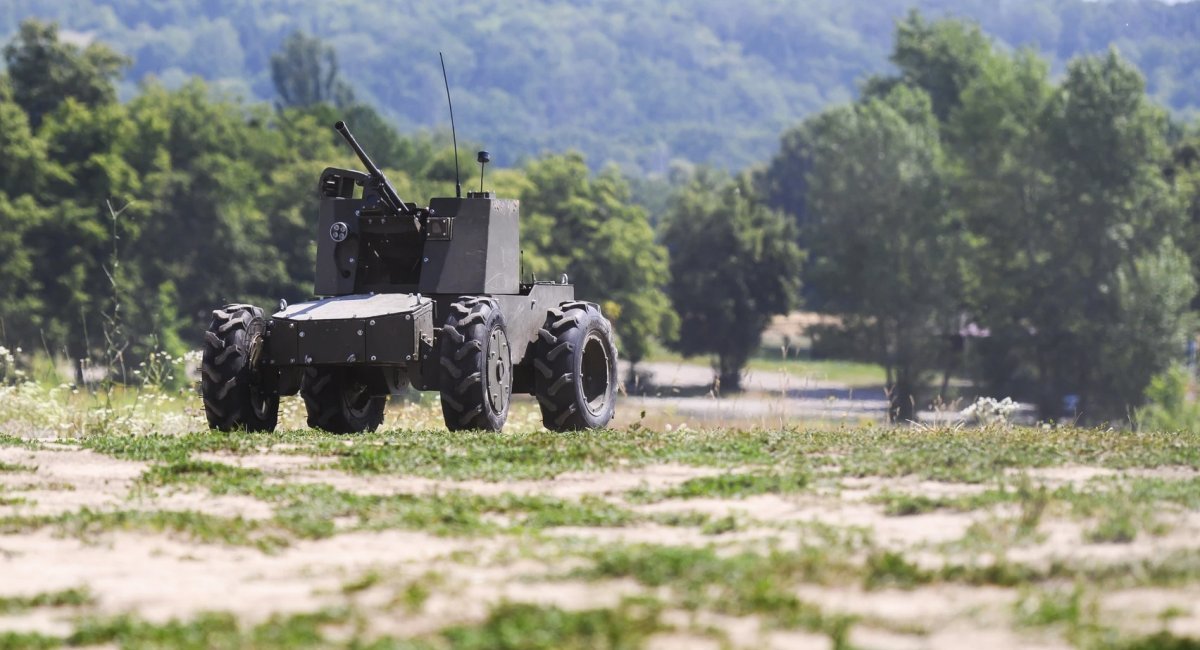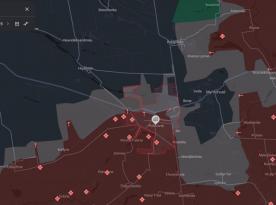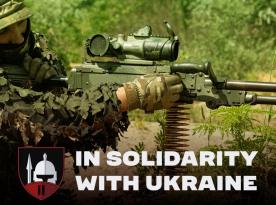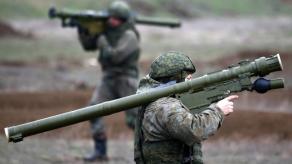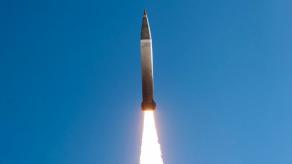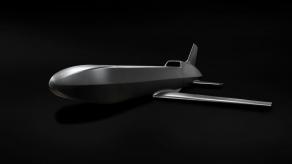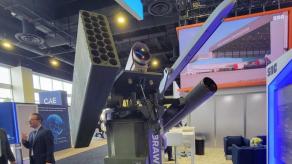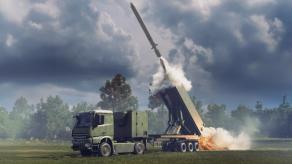The Ukrainian Ground Forces are steadily expanding the use of unmanned ground vehicles in combat operations. According to Major Volodymyr Rovenskyi, an officer with the Ground Forces Command’s Unmanned Systems Directorate, 22 units within the Ground Forces currently have UGV detachments as part of their structure.
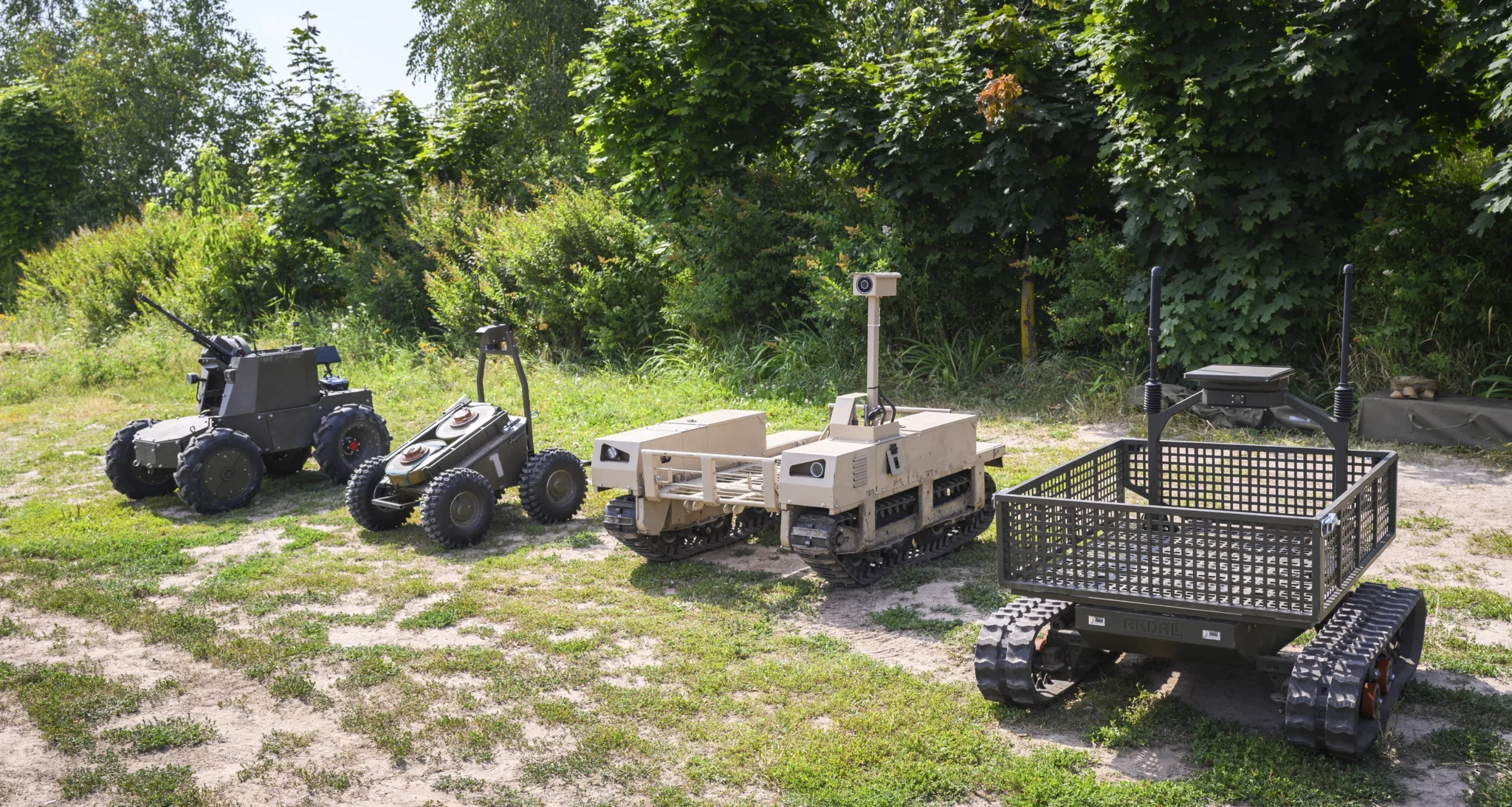
Rovenskyi’s comments were cited by the official military outlet ArmyInform. The officer noted that the rapid development of this category of equipment is driven by the enemy’s intensive firepower targeting the forward positions of Ukrainian forces, stressing that this is a natural response to battlefield realities and a growing operational need for such technology.
Read more: Ukrainian Engineers Develop Robotic Turret for MANPADS and Light Air Defense Missiles
At present, the Ukrainian Armed Forces classify unmanned ground vehicles into three categories: light, medium, and heavy. Among these, medium-class UGVs remain the most common on the battlefield today.
In terms of mission distribution, nearly half of all tasks — 47% are logistical or evacuation-related. A further 25% are engineering missions, while combat missions account for 12%. The remaining percentage involves specialized tasks.
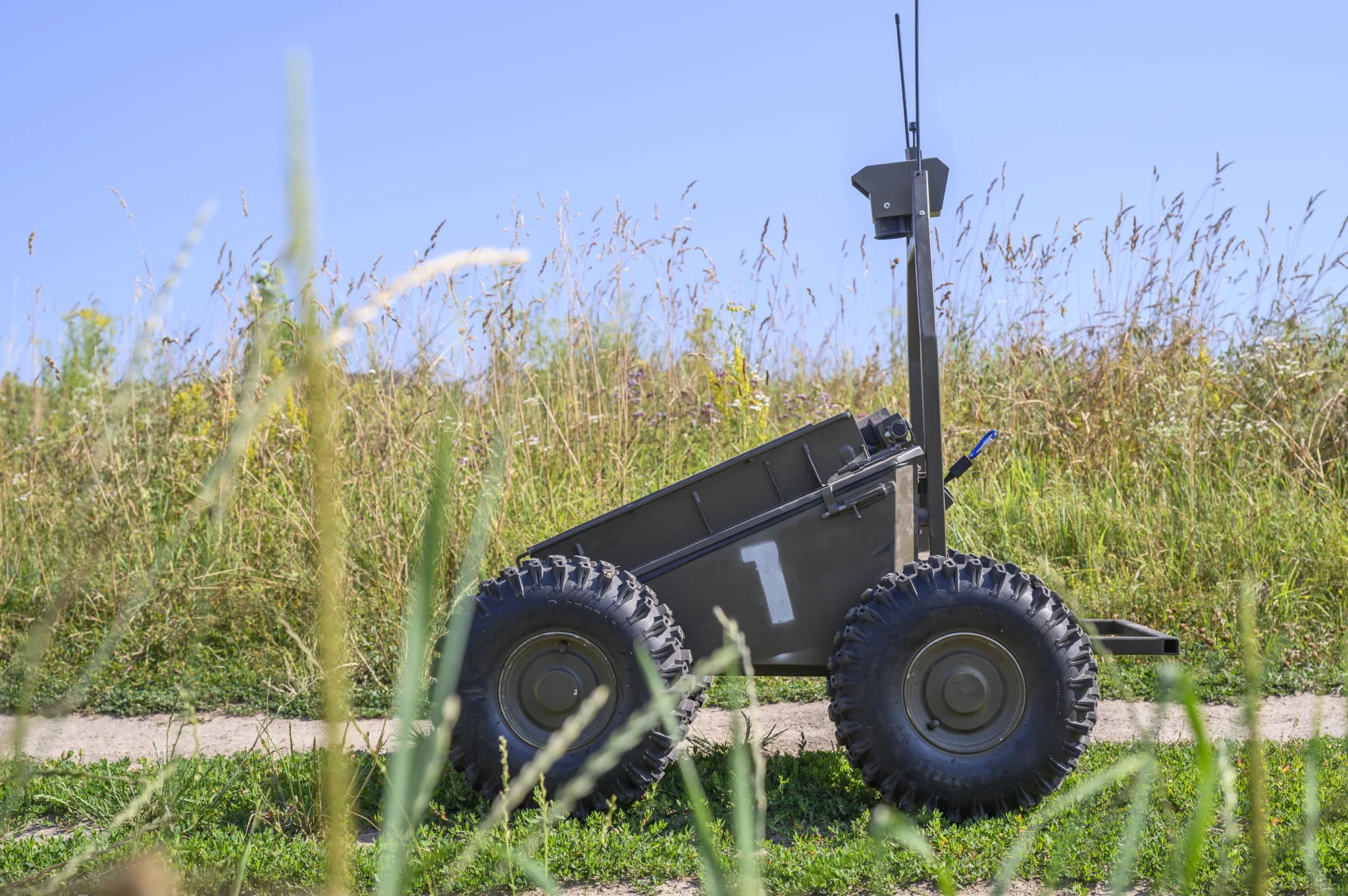
Major Rovenskyi underlined the significant challenges involved in operating UGVs, which stem from their unique deployment requirements and the need for stable and secure communications networks.
In his assessment, the tactics and techniques required to effectively employ UGVs on the battlefield are far more complex than those associated with aerial unmanned systems. "This is primarily due to the need to establish robust communication architectures to ensure these platforms function as intended," he explained.
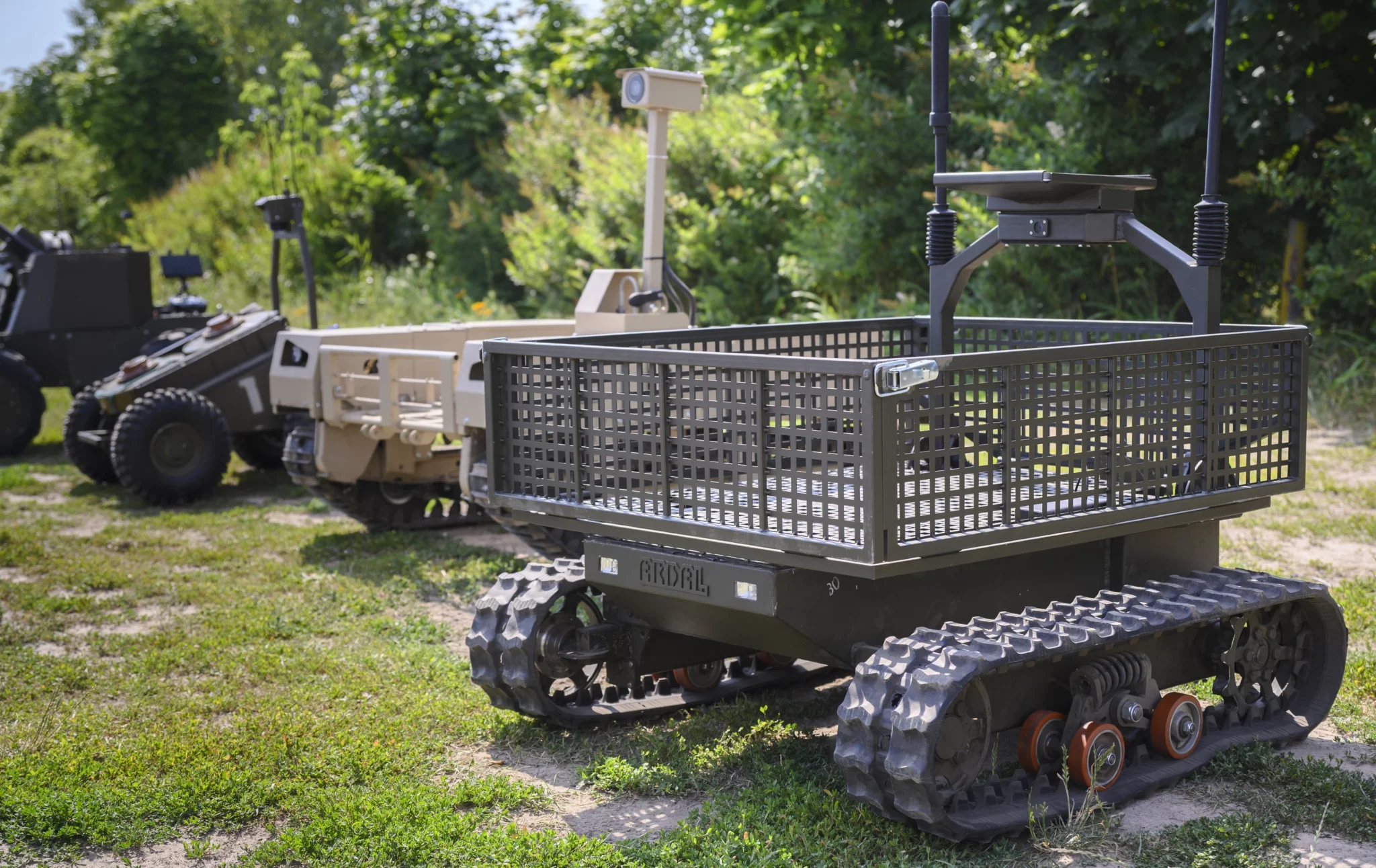
Ultimately, Rovenskyi expressed confidence that Ukraine currently holds a technological edge over russia in the deployment of UGVs on the battlefield. However, future success depends on scaling up their use and accelerating the adaptation of platforms in response to rapidly evolving operational needs.
Read more: Ukraine's Armed Forces Expand Unmanned Capabilities with the Liutik System




